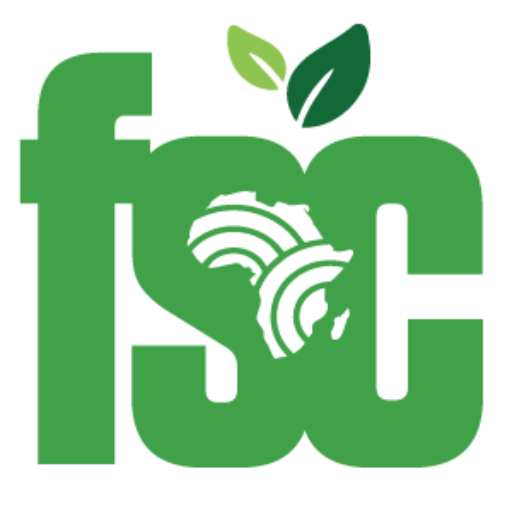KIBWEZI DRY LANDS
- Home
- KIBWEZI
The Associate Dean, Faculty of Agriculture, Prof. Catherine Kunyanga, from the University of Nairobi led a field visit to Kibwezi Dryland Research Station with the Food Security Consortium (FSC-USA) team (Eng. Dzombo Mbaru and Dr. Ignatius Kahiu) on Wednesday, October 4th 2023.
OVERVIEW OF KIBWEZI FARM
The Kibwezi Dryland Field Station (KDFS) is situated in Makueni County, some 235 kms south east of Nairobi City. The station coordinates are: Latitude: 9744587.14m Longitude: 391834.12m Height: 812m .This is based on WGS1984 System.
- The farm is used for research, training and community outreach development activities with six employees (security officers, store clerk, accountant, receptionist and maintenance) under UoN and casuals hired on temporary basis.
- KDFS was started in 1980’s on land acquired from the government in 1975 of about 12,188 acres (400,872 hectares) as a research station in dry land farming, livestock and poultry keeping.The community living on the land before were relocated to Masongaleni settlement scheme. In 1985 UoN received funds for construction and infrastructure development on the land from World Bank under IDA project.
KIBWEZI FARM INFRASTRUCTURE
- •An Administration block,
- •Hostels with a capacity of twenty (20),
- •Sixteen (16) staff houses of different categories (3 bed roomed – 2 units, 2 bedroomed – 2 units, 1 bed roomed – 6 units, single rooms – 6 units) ,
- Functional kitchen,Stores,Laboratory cum classroom with a capacity of twenty five (25), Motor vehicle service bay (There is a fuel pump complete with a tank, an LPG Bullet)Clinic facility (currently not operational).
- One standby power generator for power backup, three poultry keeping structures with a capacity of five (5000) birds but currently with none.
The KDFS is currently under-utilized with only a small amount of livestock;
•125 cattle •235goats • 115 sheep • Two (2) camels.
By and large, there is no significant farming project that is on-going, save for a small area, about 10 acres being used by a youth group, which the University gave to the group under Corporate Social Responsibility (CSR) .This portion is part of a hundred twenty (120) acres that had been under irrigation by an Israel company, which had a collaboration with the University of Nairobi for the period 1991-1999. Kenya Forestry Research Institute (KEFRI) is utilizing about 400 acres for dryland forestry research and as Collaboration between the UoN and KEFRI.
IRRIGATION INFRASTRUCTURE
- Irrigation Infrastructure established by the Israelis is still intact and with minor repairs can be brought back into operation.
- There are two water pumps for supplying water for irrigation and domestic use.
- Initially, the Israels’ were to be at the KDFS for a fixed period (1988 – 2004) and their brief was to pilot and establish (laying structures for and actual production and extension), a dryland irrigation model farm (on 52 ha) upon which the University was to develop rest of the land. Upon the departure of the Israelites, the Institute for Dryland Research Development and Utilization (IDRDU) was established – managedby a director and deputy Director and other staff under them.
-
The team proposed to partner and leverage on-going activities spearheaded by KEFRI(dryland Forestry research) and the youth group (horticultural production) to develop the food security programs and seek a partnership with JICA on its Trees/Afforestry project. Viability and Potential
-
We propose to utilize 1000 acres for crops. Extend the cow’s field to 100 acres and increase the number of cows, goats, sheep, camel and increase the poultry numbers from the current facility to do 5000 units to 10-15000.
-








